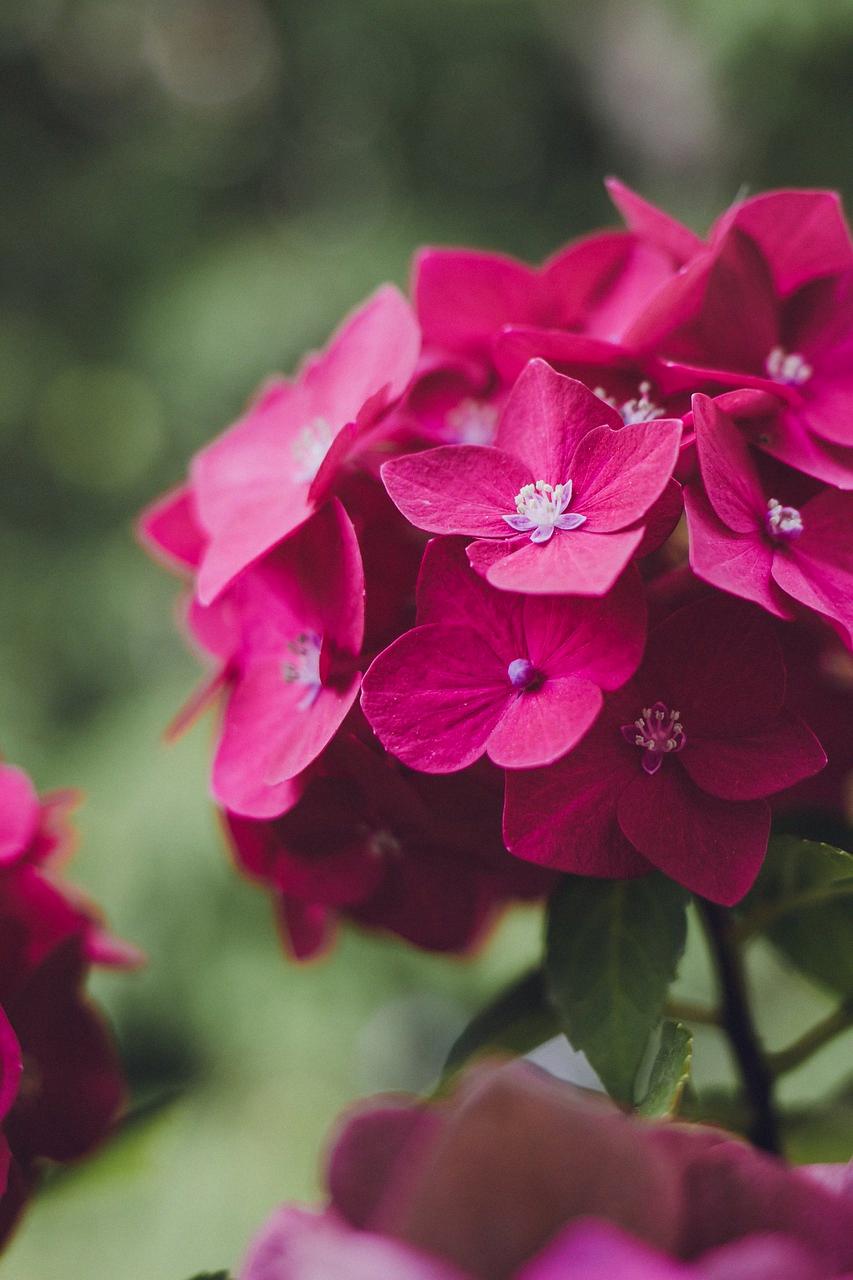Many plant enthusiasts find themselves wondering whether it’s possible to transition an indoor hydrangea to an outdoor setting. The good news is that, yes, you can put your indoor hydrangea outside. However, there are important considerations to keep in mind to ensure a successful transition for your beloved plant.
Timing is Key
One crucial factor to consider when moving your indoor hydrangea outside is timing. The best time to make this transition is after the plant has finished flowering. This helps prevent any shock to the plant and allows it to adjust more smoothly to its new outdoor environment.
Temperature Fluctuations
It’s essential to protect your indoor hydrangea from significant temperature fluctuations when moving it outside. Sudden changes in temperature can stress the plant and lead to damage. Be mindful of night frosts, especially during the first few weeks after the transition.
Light Exposure
While hydrangeas thrive in bright, indirect light indoors, they can be sensitive to intense sunlight when placed outside. During the initial adjustment period, it’s best to provide some shade for your plant until it acclimates to its new outdoor surroundings.
Soil and Watering
When moving your indoor hydrangea outside, pay close attention to the soil conditions and watering needs. Ensure that the soil is well-draining to prevent waterlogging, which can lead to root rot. Additionally, maintain a consistent watering schedule, taking care not to overwater or underwater the plant.
Preparing for Spring
By transitioning your indoor hydrangea outside after flowering, you’re setting the stage for a beautiful garden hydrangea in the spring. With proper care and attention to its needs, your plant will have the opportunity to thrive and showcase its vibrant blooms in an outdoor setting.
Monitoring Plant Health
Once your indoor hydrangea is outside, it’s important to monitor its health regularly. Keep an eye out for any signs of stress, such as wilting leaves or discoloration. Promptly address any issues that arise to ensure the plant remains healthy and vibrant.
Supporting Growth
Supporting the growth of your outdoor hydrangea involves providing the necessary nutrients and care it needs to flourish. Consider using a balanced fertilizer designed for hydrangeas to promote healthy growth and abundant blooms throughout the growing season.
Pruning and Maintenance
Regular pruning and maintenance are essential tasks to keep your outdoor hydrangea looking its best. Remove any dead or damaged branches, and trim back overgrown areas to encourage new growth and maintain the plant’s overall shape and health.
Seasonal Care
As the seasons change, your outdoor hydrangea will have varying care requirements. Be mindful of watering needs, sunlight exposure, and temperature considerations, adjusting your care routine accordingly to support the plant’s growth and well-being.
Enjoying the Rewards
By successfully transitioning your indoor hydrangea outside, you’ll have the pleasure of enjoying its beauty and blooms in a natural outdoor setting. With proper care and attention, your plant will thrive and bring joy to your garden for years to come.

Conclusion
In conclusion, it is indeed possible to put an indoor hydrangea outside with careful planning and attention to its needs. By following the tips outlined in this article, you can ensure a smooth transition for your plant and support its growth and blooming potential in an outdoor environment.
